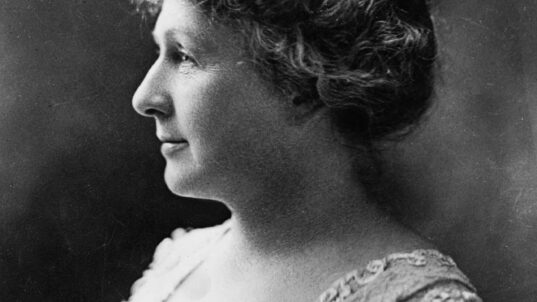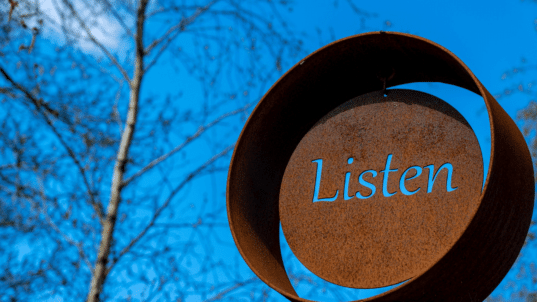Cultural diplomacy is the exchange of ideas, information, values, systems, traditions, beliefs, and other aspects of culture, with the intention of fostering mutual understanding.
— Political scientist Milton C. Cummings Jr.
I spent most of the morning at a conference on cultural diplomacy at the beautiful Phillips Collection on October 4. Reading Lolita in Tehran author Azar Nafisi told the audience about coming to the private Dupont Circle Washington, D.C. museum, and frolicking among its works by Cézanne and Bacon for inspiration while writing many of her books. A procession of artists, curators, art administrators, professors and former Secretary of State Madeleine Albright all stood on the stage to extol the virtues of this kind of “soft power.”
It was all lovely and wonderful and inspiring. I made many contacts and encountered many ideas that will ultimately help to shape my Future of the Arts & Society project. But I was relieved when an obvious question was presented to Rep. Jim Moran, who represents Northern Virginia in the U.S. House of Representatives: Are the arts and cultural diplomacy “just a hobby horse for the literati?”
Rep. Moran began by noting the troubled state of U.S. engagement around the world. “Our military has been our primary export, and it’s not working. Our toughest military generals have accepted that the [Afghan] war is unwinnable. We are asking our soldiers in uniform to build a nation. We are asking them to undo in 3 years what has been done in 350.
“Most national borders were decided by colonial powers. Iraq was put together for the British for their purposes. Afghanistan was a collection of tribes…But culture transcends those boundaries.”
Culture, Moran said, “is what we transport around the world in ways that are transformative. People all over the world want to come to the U.S. because people can be themselves. In America, we have deliberately fostered creativity and individuality.”
Moran noted that when the Library of Congress made Farsi translations of great works of English literature available, it drew massive amounts of traffic from young people in Iran. “We have the technology to override attempts at censorship from other governments…We can’t win the war on terror the way we are going about it. They have an exhaustible supply of [disaffected young people]. The way we can counter that is with the arts, with the humanities. Make that available…The Obama administration might be able to consider some reprogramming within the defense budget.”
“American culture is…really our only hope,” Moran concluded.
Moran said cultural diplomacy initiatives are needed within the U.S borders as well. The public should support even and especially art that is controversial—he cited the inflammatory comments by the 1990s hip-hop figure Sister Souljah. “The NEA, NEH, should get involved in controversial art. You distinguish yourself by opening up a dialogue.”
In a discussion between former U.S. Secretary of State Madeleine Albright and her former student, the current Georgetown Professor and former U.S. ambassador Cynthia Schneider, sang similar tunes. The power of jazz was quite strong during the Cold War, particularly in Czechoslovakia. During an event at the White House in 1998, President Havel in particular described how jazz helped to keep dreams of freedom alive.
Cynthia Schneider noted that in polls, Muslims say the number 1 reason for their poor opinion of the U.S. is a lack of respect for Islam. Schneider said that the jazz of today is hip-hop music.
But the speaker who really brought things home for me was Dr. Azan Nafisi, author of Reading Lolita in Tehran. “Who is going to bail out creativity and thought?” she said early in her conversation with the book critic Michael Dirda. “We are dealing with a crisis of vision.”
Nafisi said she’s planning to attend the Jon Stewart and Stephen Colbert “Rally to Restore Sanity in the Mall” on October 30.
The Iran-born literature scholar also discussed her rootless cosmopolitan identity. “It has been said that what really makes us Iranian is our poetry. But a republic of imagination transcends the boundaries of life and race,” Nafisi said. “The world became my home once I started reading Thoreau, Ralph Ellison, Zora Neale Hurston.”
There are dangers when it comes to Western encounters with the Other, Nafisi cautioned. “The sentimental way of looking at other cultures is very dangerous. It’s as if we are using them as children almost.”
Nafisi noted that a thousand years of Persian history provides a rich trove of writings by women. She balked at the suggestion that to encounter expansive ideas about the role of women, she “must go to the Western feminist writers?!?! Bloody hell no! I go to my own culture. The amazing thing is not how different we are. It is how alike we are. “
Nafisi agreed with Rep. Jim Moran that: “we need a cultural diplomacy for inside America. Then we won’t ask stupid questions like ‘who needs the art museum.’ We need to understand our culture in order to communicate with the world.”
As I gear up to my upcoming arts project, the conference was a timely and forceful articulation for why art matters. I will push even harder for an international perspective, as well as including some participants from the military. They after all have the most American cultural encounters with the rest of the world. My own sense is that even dead, Michael Jackson is as powerful an ambassador as the United States has ever had.



